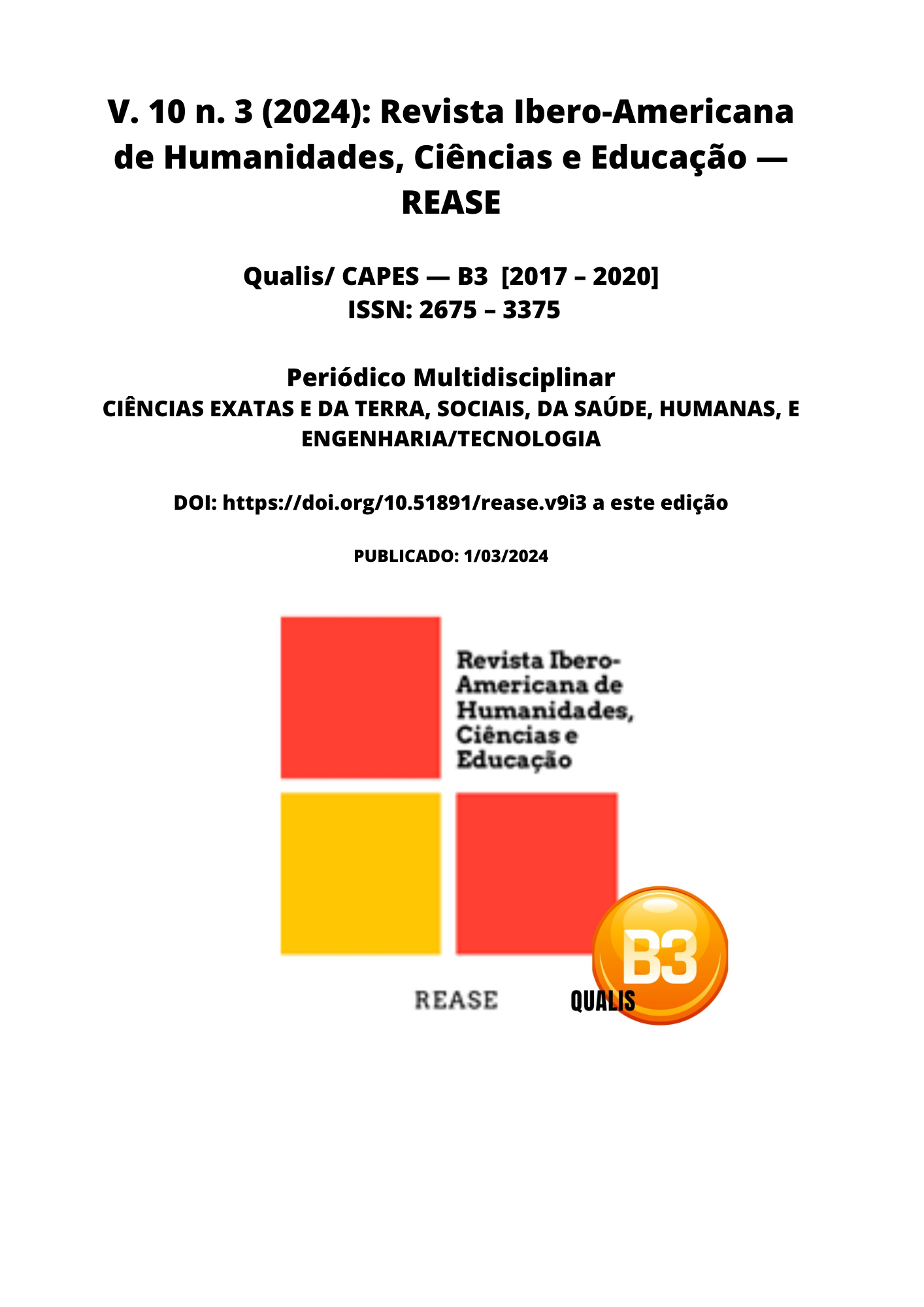EVALUATION OF POSTOPERATIVE MORBIDITY AND MORTALITY IN PATIENTS UNDERGOING HEART SURGERY WITH OR WITHOUT CHOLECYSTOPATY
DOI:
https://doi.org/10.51891/rease.v10i3.13133Keywords:
Cardiac surgery. Cholecystopathy. Morbidity. Mortality and perioperative outcomes.Abstract
undergoing cardiac surgery with or without cholecystopathy is a crucial topic in clinical practice, requiring in-depth understanding to optimize perioperative management. This systematic literature review aims to aggregate evidence on the outcomes of these patients, exploring the relationship between the presence of cholecystopathy and post-cardiac surgery results. Objective: Critically analyze recent scientific literature to evaluate morbidity and mortality in patients undergoing cardiac surgery with or without cholecystopathy, identifying patterns, risk factors and possible associated interventions. Methodology: Using the PRISMA checklist, we carried out a systematic search in the PubMed, Scielo and Web of Science databases, restricting ourselves to articles published in the last 10 years. Five main descriptors related to cardiac surgery and cholecystopathy were used. Inclusion criteria covered observational studies and clinical trials that reported postoperative outcomes in adult patients undergoing cardiac surgery. Exclusion criteria included studies with pediatric samples, literature reviews and case reports. Results: Analysis of the selected studies revealed a significant correlation between the presence of cholecystopathy and adverse post-surgical outcomes in patients undergoing cardiac surgery. Complications such as respiratory infections, renal failure and prolonged hospitalization were more prevalent in patients with concomitant cholecystopathy. Furthermore, specific risk factors were identified, such as advanced age and presence of comorbidities. Conclusion: This systematic review highlights the importance of considering cholecystopathy as a potential predictor of postoperative complications in patients undergoing cardiac surgery. Knowledge of these associations can guide preventive strategies and more personalized clinical approaches, thus improving perioperative outcomes in this specific population.
Downloads
Downloads
Published
How to Cite
Issue
Section
Categories
License
Atribuição CC BY

